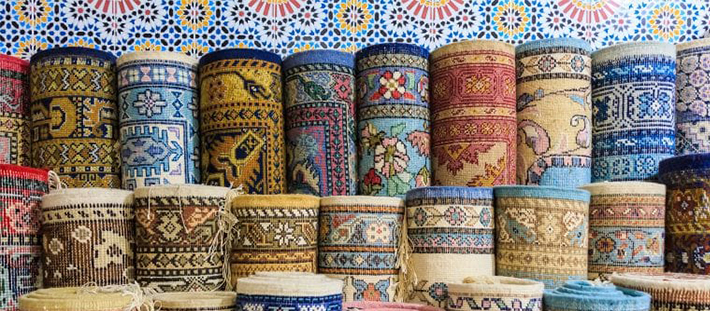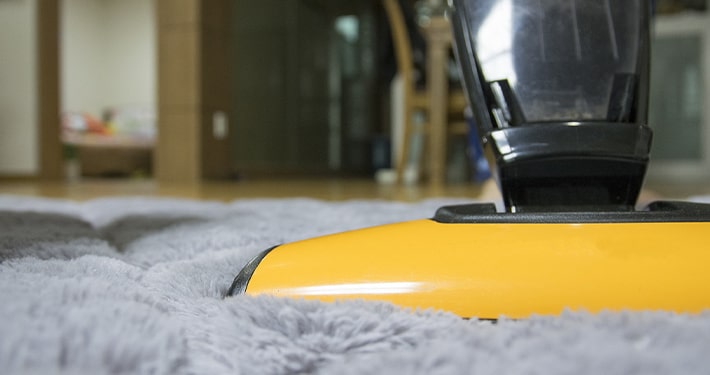Oriental and Persian Rugs
There are hundreds of different types of rugs from all over the world, and each has a long history of design styles, craft techniques, materials, and more. But even if you have a large collection of rugs, you may not always be able to tell exactly where one comes from. Here’s a quick guide to the most common types of rugs, and how to tell the difference.
By far the most easily recognized rugs in the world, Oriental and Persian rugs come from all over the continent of Asia. Turkey, India, and China tend to be the leading producers of these rugs. The main characteristics of a rug from these regions include:
• Paisley designs or central rosettes and medallions
• Symmetry in the design
• Borders featuring medallions
• Either a bound edge or fringe
• Ivory, black, red, and blue shades
• Either a flat or a high pile
American Rugs
American-made rugs are as varied as the country itself, but some of the most common motifs include:
• Navajo motifs, which feature geometric designs in earthy colors, with a very tight and flat weave.
• Art Deco motifs, which feature geometric patterns that were popular during the 1920s and 1930s.
• Art Nouveau rugs, which tend to feature floral or nature elements, and designs from the 1890s to the 1910s.
European and Scandinavian Rugs
Traditional European rugs are typically woven, and feature a variety of characteristics including:
• Almost any color of the rainbow
• Asymmetrical designs and shapes
• Abstract patterns
• Muted gold, rose, and green colors especially
• Flower motifs, but again, often more abstract than realistic
• Flat or high pile
Diving Deeper
Although it can be somewhat simple to identify the general region that a rug comes from, it can be harder to determine specifically where in that region a rug was made. For example, Turkish rugs have been made for centuries, and determining exactly what type of Turkish rug you have, and from what era, can be a little more challenging.
Here’s a great example: One way to distinguish an Old Turkish rug from other rugs in the same Asian region is by looking at the wool weft threads. In Old Turkish rugs, unlike any other in the area, the threads were not twisted. Additionally, if you want to date a rug, a great way to do that is consider the dye. Synthetic dyes were not used until after the late 1860s, so if a rug has natural dye, it could be much older. Another great example is the fact that a rug with a light blue weft was almost certainly made in Romania, as this was a common characteristic of Romanian weaving practices.
Diving deeper into the history of rug making can take many years of education, but this guide can get you started on the basics of identifying a rug’s origin.






